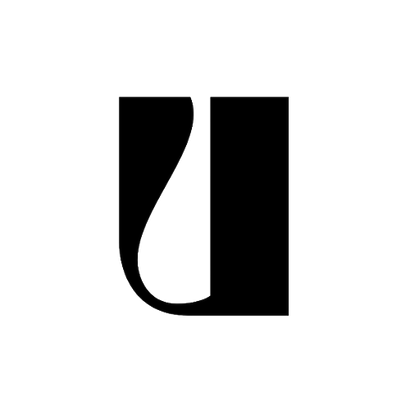Your Cart is Empty
- HOME
- SHOP ALL
- APPLIANCES
- DEVICES
- AUDIO
- GAMING
- WEARABLES
-
BRANDS
- ACER
- ALURATEK
- AMAZON
- ANKER
- APPLE
- ASTRO GAMING
- ASUS
- AUDIO TECHNICA
- BEATS
- BELKIN
- BEST BUY
- BETHESDA
- BISSELL
- BODYGUARDZ
- BOSE
- BOYA
- BRACKETRON
- CANON
- CAPCOM
- CATALYST
- COACH
- COMPUSTAR
- CORSAIR
- DELL
- DENAQ
- DIGIPOWER
- DYSON
- EA SPORTS
- ELECTRONIC ARTS
- ENERGIZER
- EVGA
- EVO
- FITBIT
- FLEXSON
- FUJIFILM
- FUNKO
- GARMIN
- GEO
- GIANTS SOFTWARE
- GIGABYTE
- GOPRO
- HP
- HYPER
- HYPERX
- IAM8BIT
- INCIPIO
- INFANT OPTICS
- INSIGNIA
- INSTANT POT
- IOGEAR
- ION AUDIO
- JABRA
- JAYBIRD
- JAZWARES
- JBL
- JOBY
- KATE SPADE NEW YORK
- KENWOOD
- KICHLER
- KLIPSCH
- KOHLER
- LAUT
- LEGRAND
- LENOVO
- LG
- LIQUIPEL
- LIVING DISTRICT
- LOGITECH
- LOWEPRO
- MANFROTTO
- MAXIMUM GAMES
- MEE AUDIO
- METRA
- MICROSOFT
- MINKA LAVERY
- MIRABELLE
- MISENO
- MOBI
- MODAL
- MOEN
- MSI
- MYCHARGE
- NEXT
- NIKON
- NINJA
- NINTENDO
- NOMAD
- NORA LIGHTING
- NZXT
- ONKYO
- OREGON
- OSP HOME FURNISHING
- PLAYSTATION
- PANASONIC
- PARK HARBOR
- PHILIPS
- PIVET
- PLANTRONICS
- PLATINUM
- PHONESOAP
- PMD BEAUTY
- POKEMON
- POLAROID
- POLK AUDIO
- PROGRESS LIGHTING
- RAZER
- RENWIL
- RIG
- ROCCAT
- ROCKETFISH
- ROCKSTAR GAMES
- RODE
- SAMSUNG
- SAVAGE
- SCANAVO
- SEGA
- SHARK
- SIDECLICK
- SKULLCANDY
- SMART CHOICE
- SODASTREAM
- SONOS
- SONY
- SPECK
- SPIGEN
- STEELSERIES
- SUNPAK
- TCL
- TEXAS INSTRUMENT
- THRUSTMASTER
- TOSHIBA
- THULE
- TP-LINK
- TURTLE BEACH
- UAG
- UBI SOFT
- ULTIMATE EARS
- VICTROLA
- WACOM
- WB GAMES
- WITHIT
- XBOX
- YOK
- ZAGG
- BUYING GUIDES
- RESOURCES
- OUR VISION
- APPLE
- MICROSOFT
- SONY
- LOGITECH
- XBOX
- PLAYSTATION
- SAMSUNG
- POLAROID
- GOPRO
- ANKER
- JABRA
- SHARK
- Login
- USD








